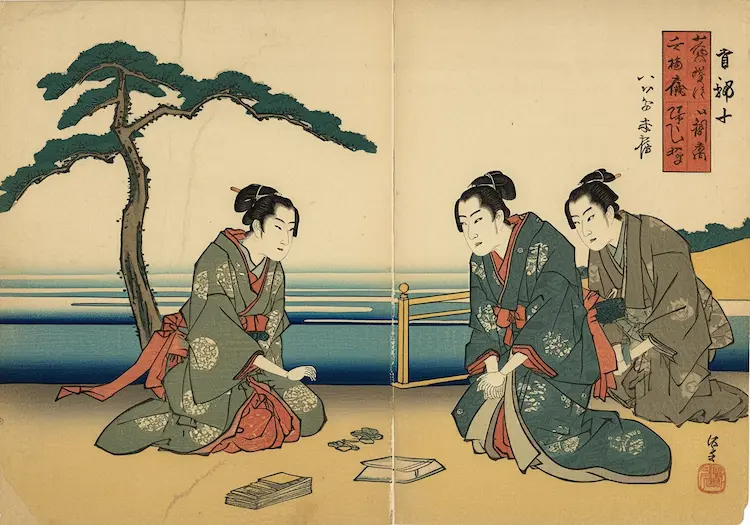The Traditional Literature and Language of Nara
Nara, Japan’s ancient capital, holds a special place in the country’s cultural and historical narrative. Among its many contributions, Nara’s traditional literature and language stand as pillars of Japan’s cultural identity. The Nara period (710–794) was a transformative era that laid the foundations of Japanese literature and language. By exploring the treasures of this period, such as the Kojiki and the Man’yōshū, we uncover the roots of Japanese culture and its continued influence on modern times.
1. Nara’s Classical Literature
The Kojiki: Japan’s Oldest Historical Record
■Recommended products

The Kojiki
The Kojiki, or “Record of Ancient Matters,” is Japan’s oldest extant historical text. Compiled in 712 CE, it weaves together mythology, legends, and genealogies of Japan’s early emperors. Written in a mix of Chinese characters and native phonetics, the Kojiki played a vital role in the development of the Japanese language. Beyond its linguistic significance, the Kojiki offers a glimpse into early Japanese cosmology and societal structures.
The Man’yōshū: A Window into the Heart of Japan

The Man’yōshū, Japan’s oldest anthology of poetry, is a masterwork of emotional depth and cultural diversity. Compiled around the late 8th century, this collection comprises over 4,500 poems written in man’yōgana, an early script that utilized Chinese characters to represent Japanese sounds. The poems reflect voices from all walks of life, from emperors to commoners, capturing universal themes of love, nature, and human emotion. The Man’yōshū is not only a literary treasure but also a linguistic one, providing insights into the evolution of Japanese language.
2. The Language of the Nara Period
- Classical Japanese (Old Japanese) The language of the Nara period, known as Old Japanese, was heavily influenced by Chinese. The introduction of Chinese characters (kanji) transformed Japanese writing, leading to the creation of unique systems like on’yomi (Chinese readings) and kun’yomi (native Japanese readings). These developments laid the groundwork for the modern Japanese writing system, blending imported and indigenous elements.
- The Role of Kanbun (Classical Chinese) Kanbun, or classical Chinese, was the literary and administrative language of the time. Japanese scholars adapted this system, integrating it into native linguistic structures. This adaptation process not only enriched Japanese vocabulary but also fostered the creation of innovative poetic forms like waka.
3. Nara’s Literary and Cultural Landscape
- The Influence of Nara’s Historical Sites Nara’s iconic landmarks, such as the Great Buddha of Todai-ji and the Kasuga Shrine, are not only architectural marvels but also literary inspirations. These sites often feature in classical poems and tales, symbolizing the deep connection between literature, religion, and the natural beauty of Nara.
- The Role of Regional Dialects Nara’s unique dialect (Nara-ben) preserves ancient linguistic patterns, reflecting the region’s rich cultural history. The dialect adds a layer of authenticity and local flavor to the stories and traditions passed down through generations.
4. Modern Relevance of Nara’s Literature and Language
- Impact on Contemporary Japanese Culture The literary works of the Nara period continue to shape modern Japanese culture. The themes and styles found in the Kojiki and Man’yōshū resonate in contemporary literature, art, and even pop culture.
- Preservation and Education Efforts Today, efforts to preserve Nara’s literary and linguistic heritage are thriving. Schools, museums, and cultural organizations host workshops and exhibitions to introduce new generations to these timeless works. These initiatives ensure that Nara’s contributions to Japanese identity remain vibrant and relevant.
Conclusion
Nara’s traditional literature and language are cornerstones of Japanese culture, offering invaluable insights into the nation’s history, spirituality, and creativity. By understanding the literary and linguistic achievements of the Nara period, we gain a deeper appreciation for the roots of modern Japan. Whether through the epic narratives of the Kojiki, the poetic beauty of the Man’yōshū, or the linguistic innovations of the era, Nara invites us to explore a rich tapestry of cultural heritage.









